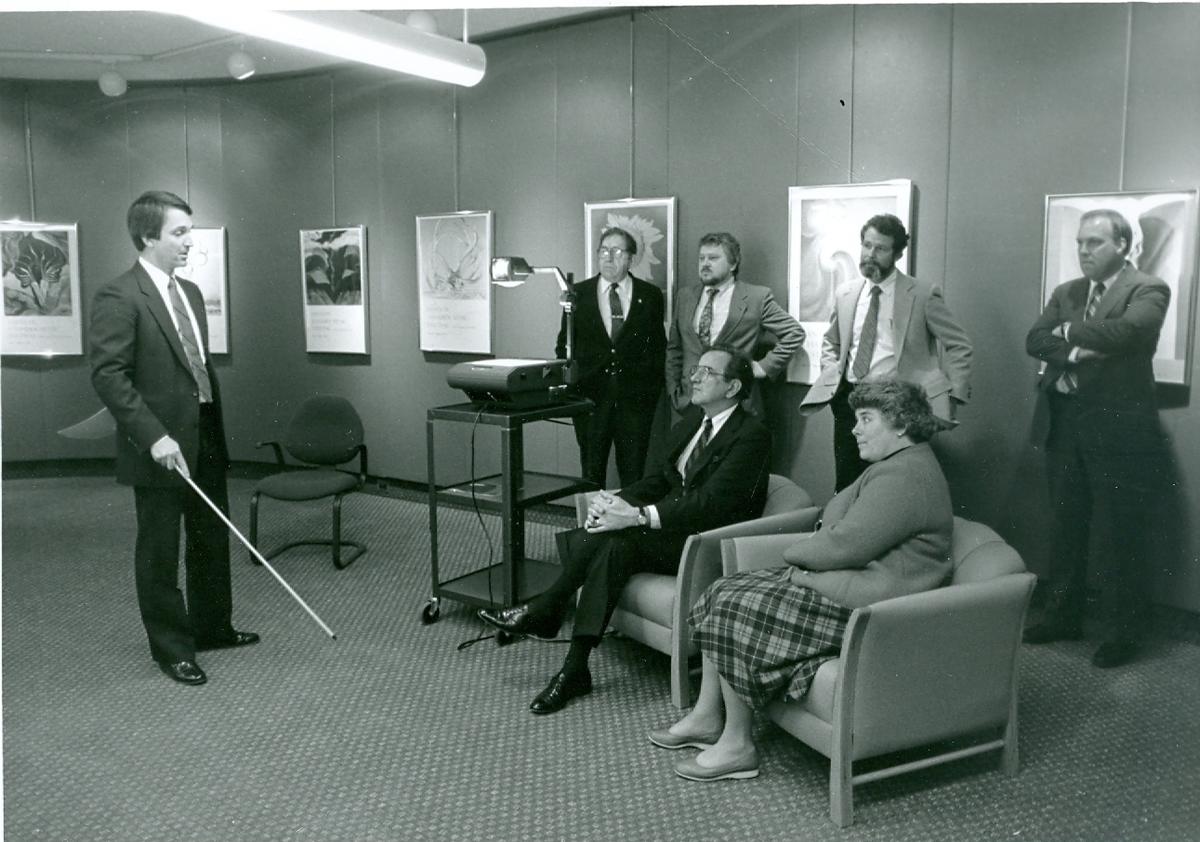1980s
1983 – Governor Rudy Perpich and Minnesota legislators create the Natural Resources Research Institute at the University of Minnesota Duluth. Ongoing State Special funding of $2.4 million is allocated for this unique endeavor.
1985 – The Economic Geology Group is established to focus on the non-ferrous mining potential of Minnesota.
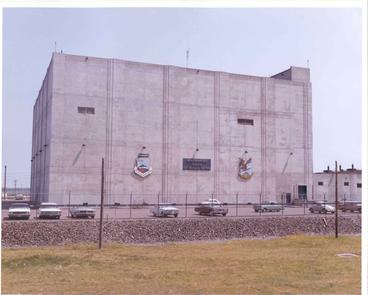
1986 – Abandoned air defense building is donated to the University and remodeled for NRRI. U.S. Steel turns over management of research lab to NRRI. Permanent University Trust Fund royalties are dedicated to NRRI minerals research.
1987 – Wood research assists Potlatch Corp. using donated, industrial scale wood composite equipment.
1988 – NRRI and the Center for Economic Development form Innovation Grants to develop new products with wood, peat and clay resources. Permitting, impact studies and technical assistance lead to opening of Minnesota Sphagnum, Inc., creating 34 new rural jobs.
1989 – Study finds long lasting impact of logging and agriculture on stream habitat. Geographic Information Systems Lab is established at NRRI for ecological applications with funding from the National Science Foundation.
1990s
1990 – Minnesota legislature includes $2.5 million in bonding bill for NRRI remodeling.
1991 – Entrepreneurial Development Program brings business process education to NRRI researchers.
1992 – Aquatic research informs potential of intensive aquaculture in mine pit lakes by assessing risks and costs for nutrient removal.
1993 – Upjohn pharmaceutical company identifies a new family of AIDS-inhibiting compounds using computer software designed by NRRI scientists.
1994 – 3,000 acres in NW Minnesota are selected to grow NRRI short-rotation hybrid poplar.
1995 – NRRI research expands aspen markets to furniture products. Forest ecologist designs computer model to predict tree growth in climate change scenarios.
1996 – NRRI tests column flotation to remove silica and recover more iron from taconite.
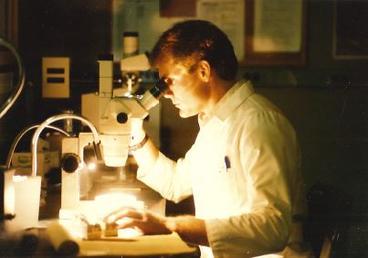
1997 – NRRI tests innovative wastewater treatment systems to help maintain water quality in challenging conditions. WaterOnTheWeb.org is launched as an unprecedented educational curriculum tool using real-time data.
1998 – U.S. Air Force funds research to predict hazards of airplane deicing agents.
1999 – Effect of UV-B radiation on amphibians is studied. Map of clay resources supports three major Minnesota clay producers.
2000s
2000 – Wallbridge Mining explores Duluth Complex as a result of NRRI economic geology data. LakeAccess.org informs metro area residents about effectiveness of ban on lawn fertilizers.
2001 – Wood group helps skate park manufacturers streamline production. NRRI wins $6 million grant from Environmental Protection Agency to develop indicators of the condition of Great Lakes coastal areas.
2002 – Minerals lab builds pilot-scale furnace for Direct Reduced Iron nodule research.
2003 – NRRI studies impact of invasive gypsy moths on Minnesota forests. Rapid prototype center opens at NRRI to serve northern Minnesota businesses.
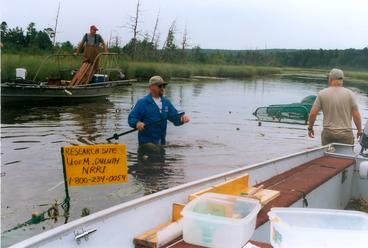
2004 – DuluthStreams.org website educates communities in stormwater and watershed issues. Research reveals non-native earthworms are negatively affecting hardwood forests.
2005 – Lean manufacturing training helps Minnesota wood products businesses stay competitive. Weber family endowment advances science of stream restoration and protection.
2006 – Testing of structural integrity of wood bridges leads to better care and cost savings. NRRI’s high temperature reduction furnace produces tungsten metal powder from tungsten oxide for business start-up.
2007 – UMD & NRRI develop Precambrian Research Center to educate future economic geologists.
2008 – NRRI leads research on threatened Canada Lynx. New wood pellet standards are developed to improve biofuels.
2009 – Research on beneficial uses for taconite waste rock leads to Laurentian Aggregate now shipping over one million tons of byproduct.
2010s
2010 – NRRI geologically describes one million feet of drill core from the Duluth Complex, the backbone of the state’s evolving non-ferrous mining industry.
2011 – Fast-growing poplar trees developed at NRRI get national attention for biofuels resource. Drained fens peatland is restored and approved for sale of more than 500 wetland credits.
2012 – Small, local archery products manufacturer gets product development and testing assistance creating new jobs.
2013 – Pilot scale kiln installed to thermally modify wood for high value markets.
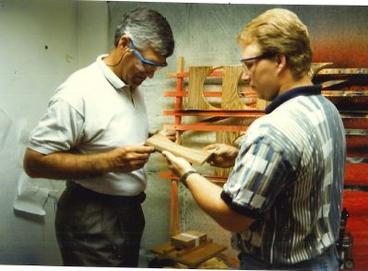
2014 – Center for Economic Development encourages young entrepreneurship with Teen Enterprise. Geologists characterize bedrock of Hwy. 53 reroute to allow for expanded mining.
2015 – Scientists test technologies for efficient removal of invasive species from ship ballasts.
2016 – State legislature provides NRRI with $2.6M for five Mining & Water Innovation projects. Report on breeding birds in Minnesota’s Agassiz Lowlands guides foresters in sensitive birding area.
2017 – NRRI announces hydrometallurgical processing of Minnesota ilmenite into high purity titanium dioxide. NRRI receives a $2 million increase from the legislature to fund ongoing research activities.
2018 – Online, interactive Breeding Bird Atlas is published in collaboration with Audubon Minnesota. NRRI names collaboration space in honor of Governor Rudy Perpich and Judge Gerald Heaney for their leadership in establishing the institute.
2019 – Ecological and biological studies in the St. Louis River Estuary inform progress toward restoration. Renewable Energy Lab demonstrates electrical generation with advanced wood fuels and produces horticultural biochar soil amendment from raw biomass.
2019 - NRRI completed eight technical reports associated with MN-state funded Taconite Workers Health Study in a collaborative effort focused on evaluating past and present airborne particulates in Minnesota taconite plants and Iron Range communities to understand the relationship between air quality and elevated mesothelioma cases.
2020s
NRRI will continue to deliver applied research solutions for Minnesota and beyond!
2023 – 40th anniversary of NRRI being signed into legislation.
To be continued…
